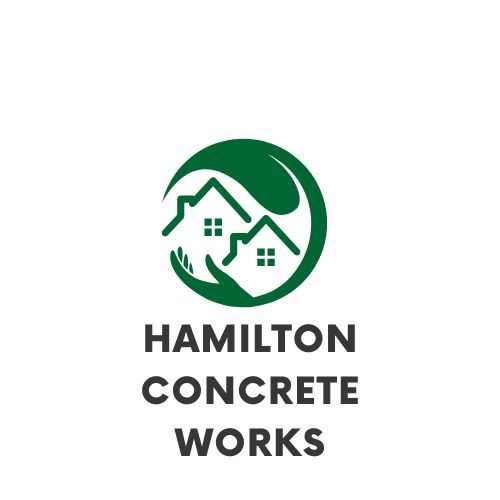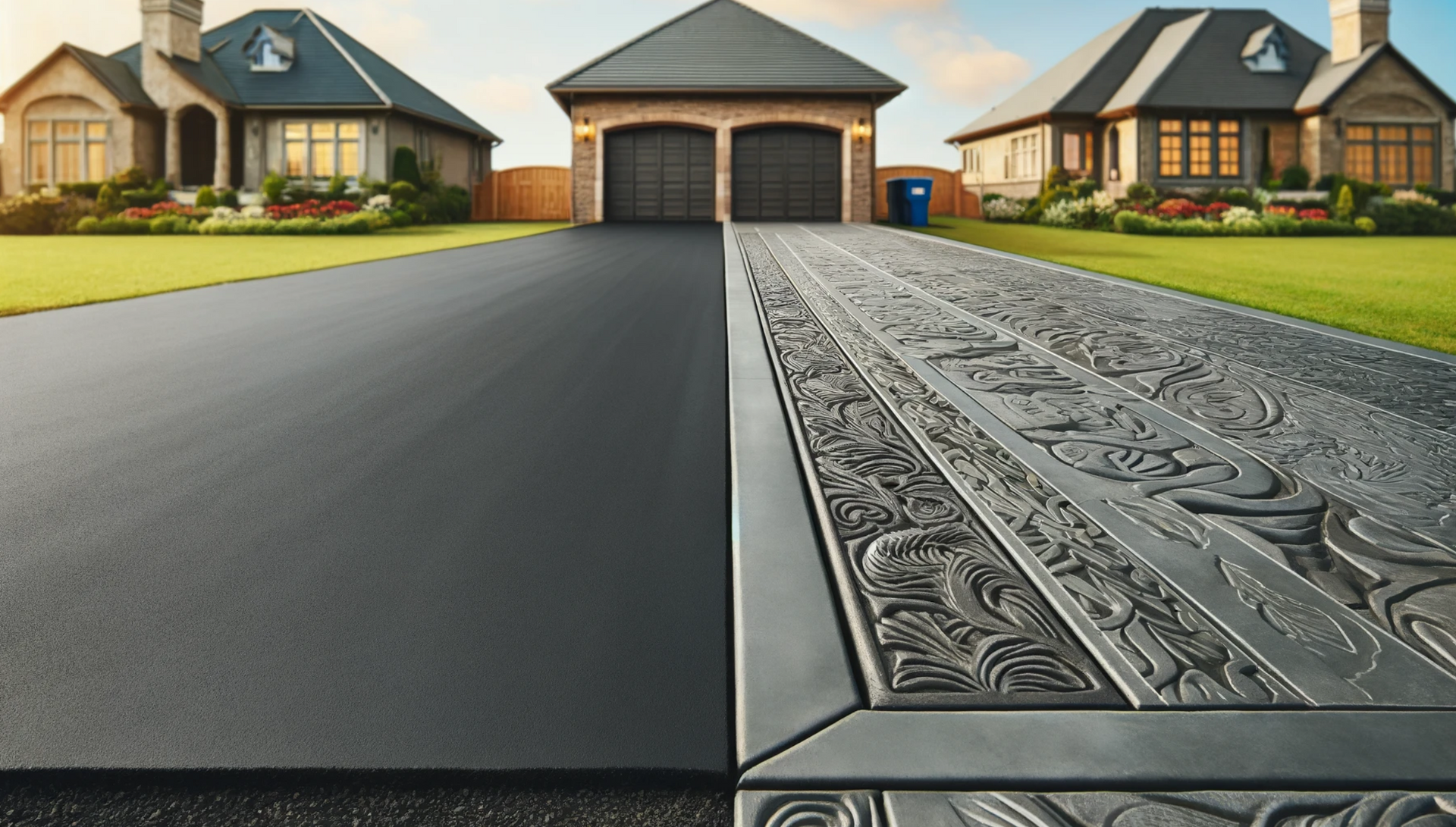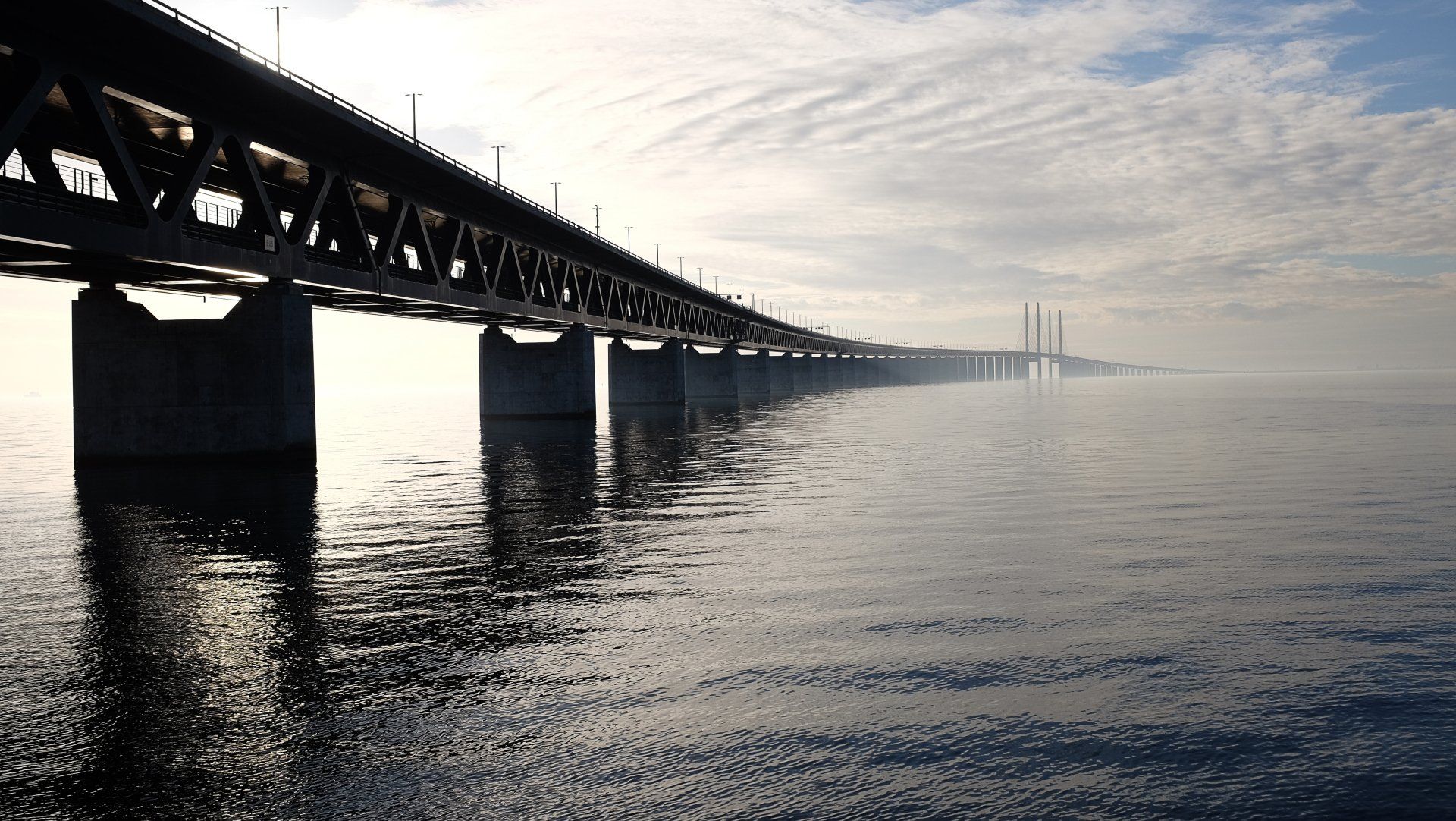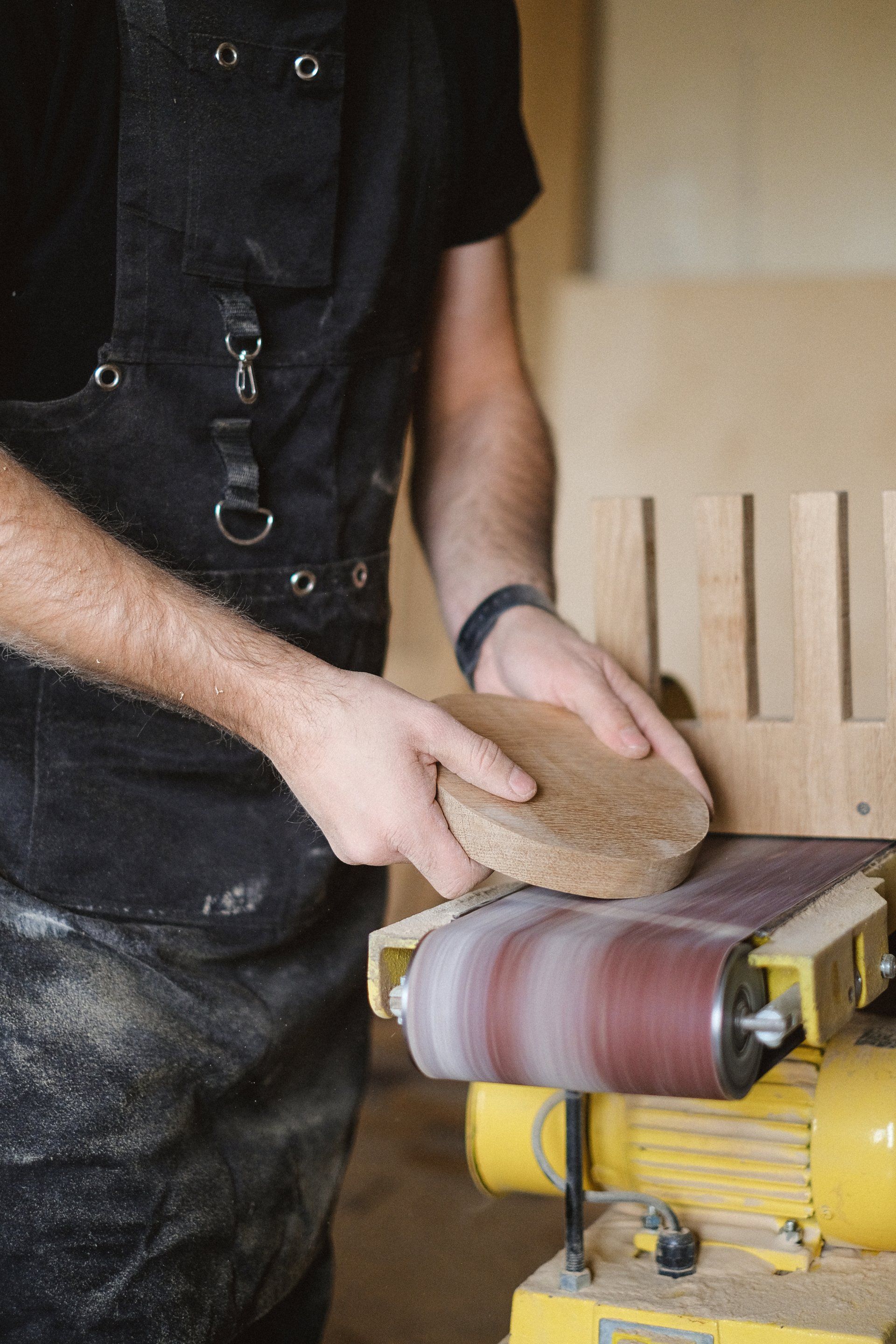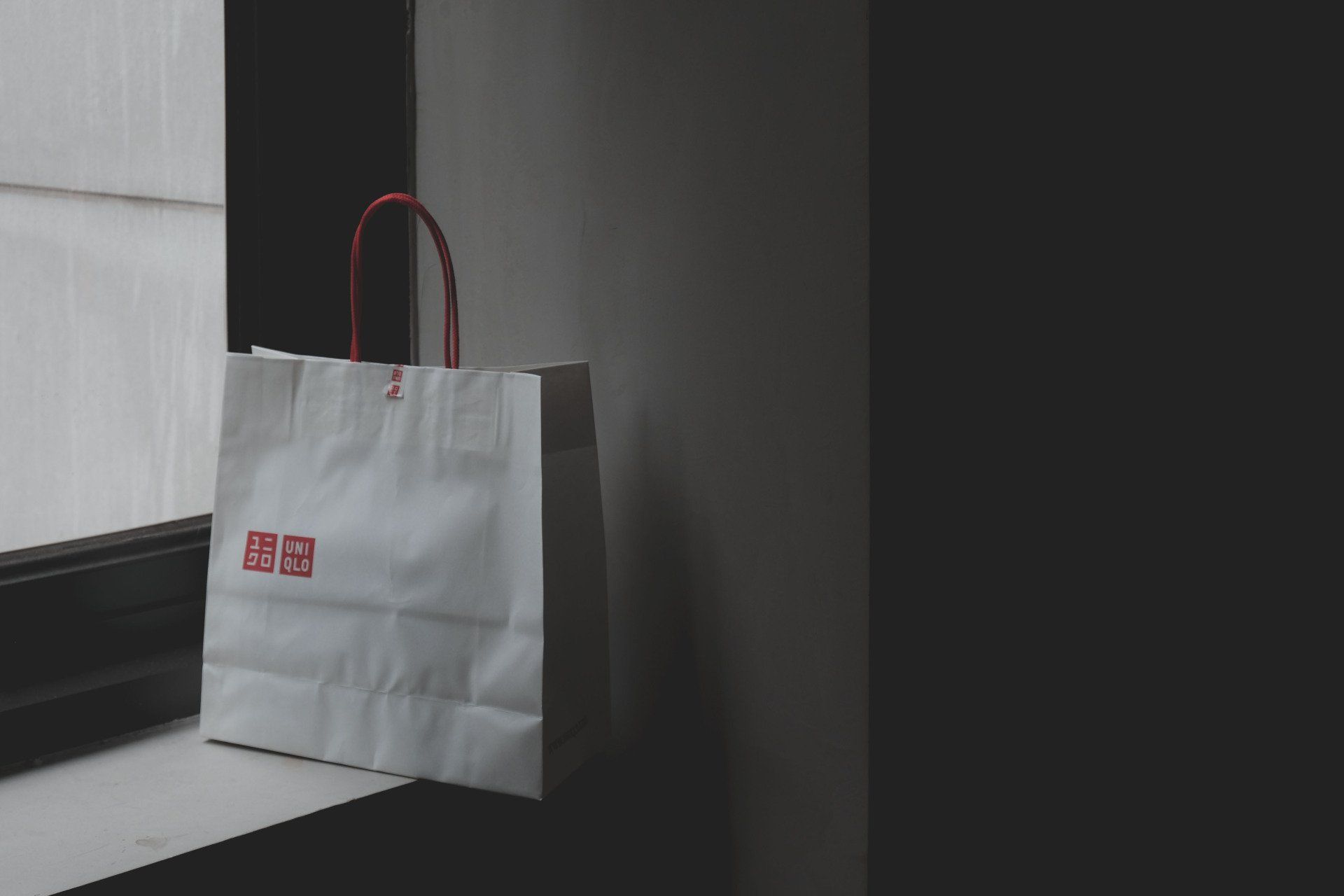Choosing the Right Concrete for Your Patios and Porches: A Comprehensive Guide
Enhance Your Outdoor Spaces: Choosing the Perfect Concrete for Stunning Patios and Porches
Patios and porches are vital extensions of our living spaces, offering a relaxing haven and a place to entertain guests. When it comes to constructing these outdoor areas, concrete emerges as a popular choice due to its durability, low maintenance, and limitless design possibilities. In this blog, we'll delve into the different types of concrete suitable for patios and porches, weighing their advantages and disadvantages. Let's embark on a journey to discover the ideal concrete solution for your outdoor oasis!
Stamped Concrete: Customizing Elegance
Patterned Designs That Resemble Natural Materials
Stamped concrete serves as a remarkable option for creating visually stunning patios and porches. By customizing the concrete to resemble materials like brick, stone, or wood, you can achieve a sophisticated and elegant look. Stamped concrete boasts durability, low maintenance, and the potential for slip-resistant surfaces by adding textures.
Pros:
A wide range of design options to suit your aesthetic preferences
Long-lasting and resilient to withstand outdoor conditions
Minimal upkeep required for lasting beauty
Cons:
May have a higher upfront cost compared to plain concrete
Requires periodic resealing to maintain its appeal
Surface can be slippery when wet
Exposed Aggregate Concrete: Adding Texture and Traction
Aesthetically Pleasing with Enhanced Slip Resistance
If you desire a patio or porch surface with texture and excellent traction, exposed aggregate concrete fits the bill. By revealing the aggregate (typically gravel) within the concrete mix, this type of concrete offers an appealing surface that enhances both visual appeal and functionality. Exposed aggregate concrete is known for its durability and low maintenance requirements.
Pros:
Attractive and unique appearance with varying textures
Provides slip-resistant surface for enhanced safety
Requires minimal maintenance over time
Cons:
May incur a higher cost compared to standard concrete
Repairing cracks in exposed aggregate surfaces can be challenging
Rough texture may feel uncomfortable for barefoot walking
Standard Concrete: Simple and Reliable
A Cost-Effective and Dependable Choice
Standard concrete serves as a reliable and cost-effective option for constructing patios and porches. Composed of cement, water, and aggregates such as sand and gravel, standard concrete is a durable choice for areas with moderate climates and low foot traffic.
Pros:
Affordable and accessible for most budgets
Offers dependable durability and longevity
Low maintenance requirements
Cons:
Prone to cracking, especially in extreme weather conditions
Provides limited aesthetic options compared to decorative alternatives
Colored Concrete: Vibrant Customization
Infusing Your Patio or Porch with Personalized Hues
If you yearn for a more customized appearance, colored concrete offers an array of vibrant possibilities. By incorporating pigments into the concrete mix, you can achieve a wide range of colors, allowing for a truly unique patio or porch design. Colored concrete provides the same durability, low maintenance, and longevity as standard concrete.
Pros:
Extensive selection of colors to match your desired aesthetic
Ensures long-lasting performance and durability
Requires minimal maintenance over time
Cons:
May entail a higher cost compared to plain concrete
Installation requires an experienced company for optimal results
Color may fade slightly over an extended period
Decorative Overlay Concrete: Transforming Existing Surfaces
Revitalize Your Patio or Porch with a Creative Resurfacing Technique
Decorative overlay concrete offers a remarkable solution for breathing new life into your existing patio or porch. This resurfacing technique involves applying a thin layer of decorative concrete mixture over the existing surface, allowing for customization with various colors, textures, and patterns. Decorative overlays are gaining popularity for both residential and commercial applications, offering a cost-effective way to achieve a fresh and unique appearance.
Pros:
Wide range of design options to suit your style and preferences
Can be applied directly to existing concrete surfaces, saving time and money
Provides long-lasting durability and strength
Cons:
May involve a higher initial investment compared to other options
Requires a skilled and experienced contractor for proper installation
Over time, the color of the decorative overlay may fade slightly
Installation Process: From Start to Finish
To bring your dream patio or porch to life, a proper installation process is crucial. Here's a breakdown of the key steps involved:
Excavation: The designated area is carefully excavated to create a level base for your patio or porch.
Sub-base: A layer of gravel or crushed stone is added to the excavated area, providing essential drainage and stability for the concrete.
Forms: Wooden or metal forms are skillfully placed to outline the shape and dimensions of your patio or porch.
Reinforcement: To enhance the strength and durability of the concrete, steel reinforcement, such as rebar or wire mesh, is strategically placed within the forms.
Pouring: The concrete mixture is poured into the forms, ensuring even distribution and coverage of the designated area.
Finishing: Skilled professionals utilize specialized tools to smooth and level the concrete surface, achieving a flawless finish.
Curing: After pouring and finishing, the concrete needs time to cure and harden. This typically takes several days, during which proper care and protection should be provided.
Sealing: Applying a high-quality sealant is essential to protect your patio or porch from weather elements, stains, and general wear and tear. Sealing also helps to maintain the longevity and appearance of the concrete.
Winter Maintenance: Tips for Preserving Your Patios and Porches
As winter arrives, taking proper care of your patios and porches becomes crucial. Here are some useful tips to help maintain their beauty and functionality during the colder months:
Regular Cleaning: Remove snow, ice, and debris promptly to prevent surface damage and hazards.
Use a Plastic Shovel: Opt for a plastic shovel instead of a metal one to avoid scratching or damaging the concrete surface.
Avoid Deicers: Certain deicing chemicals can harm concrete. Instead, use non-corrosive materials like sand or kitty litter to provide traction on icy surfaces.
Sweep Frequently: Regularly sweeping your patio or porch helps remove debris and prevents ice buildup, reducing the risk of slips and falls.
Apply Sealant: Before winter arrives, consider applying a high-quality sealant to protect your concrete from freeze-thaw cycles and potential damage caused by deicers.
Address Cracks and Damage: Take note of any cracks or damage and address them promptly before winter to prevent further deterioration.
By following these maintenance tips, you can ensure that your patio or porch remains in optimal condition throughout the winter season, allowing you to enjoy its beauty and functionality for years to come.
When it comes to patios and porches, concrete emerges as the go-to material for its durability, low maintenance, and versatile design options. Whether you opt for stamped concrete, exposed aggregate, standard concrete, colored concrete, or decorative overlays, each option presents unique benefits and drawbacks. Stamped concrete offers the ability to mimic various materials, while exposed aggregate provides texture and traction. Standard concrete is a cost-effective choice, and colored concrete allows for customization with a range of vibrant hues. Decorative overlays offer a transformative solution for existing surfaces.
Are Ready To Work With HAMILTON CONCRETE WORKS?
Let's get in touch!
Send us a message and we’ll be in touch.
Or give us a call today at 289-204-1632
We will get back to you as soon as possible.
Please try again later.
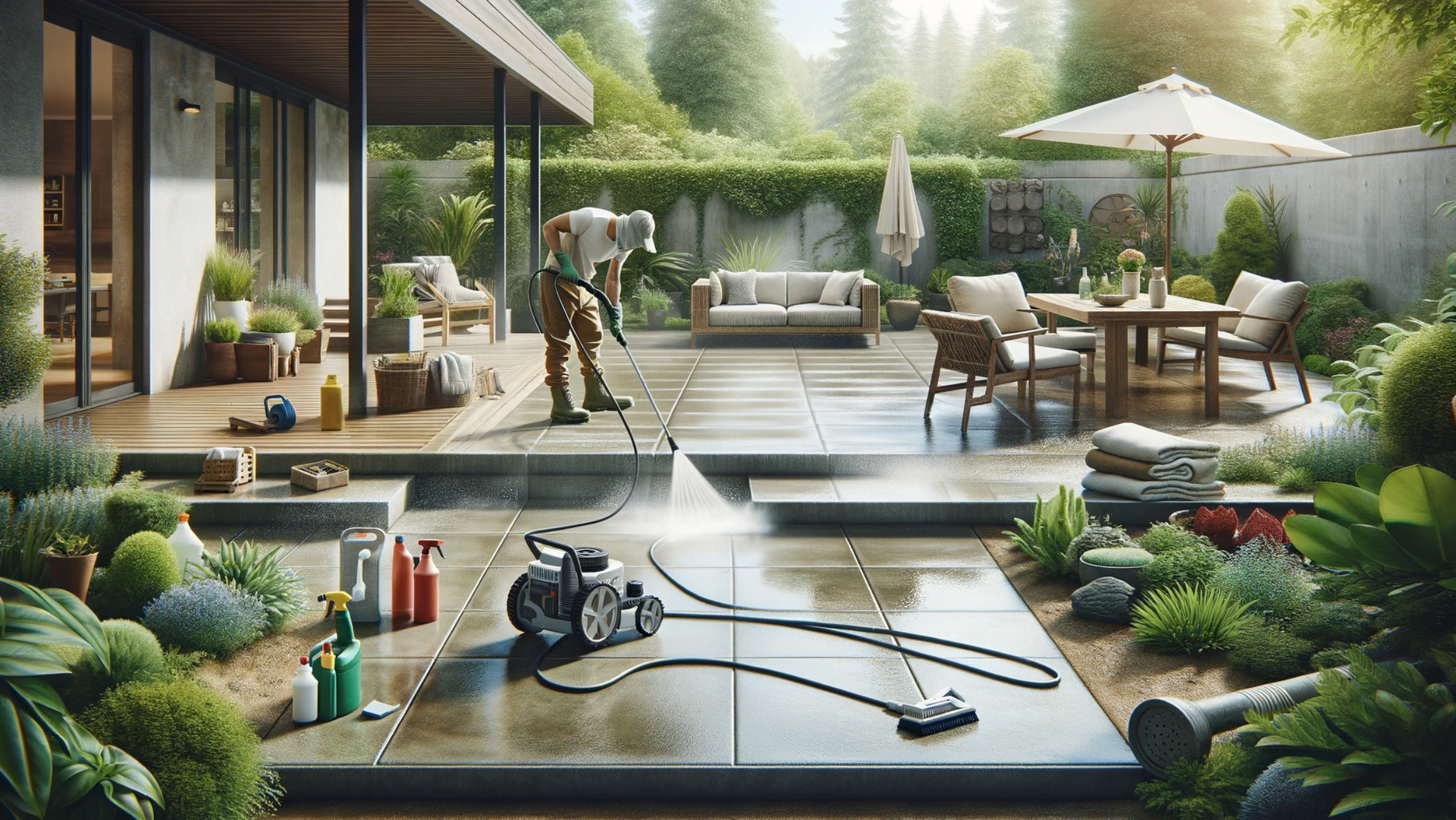
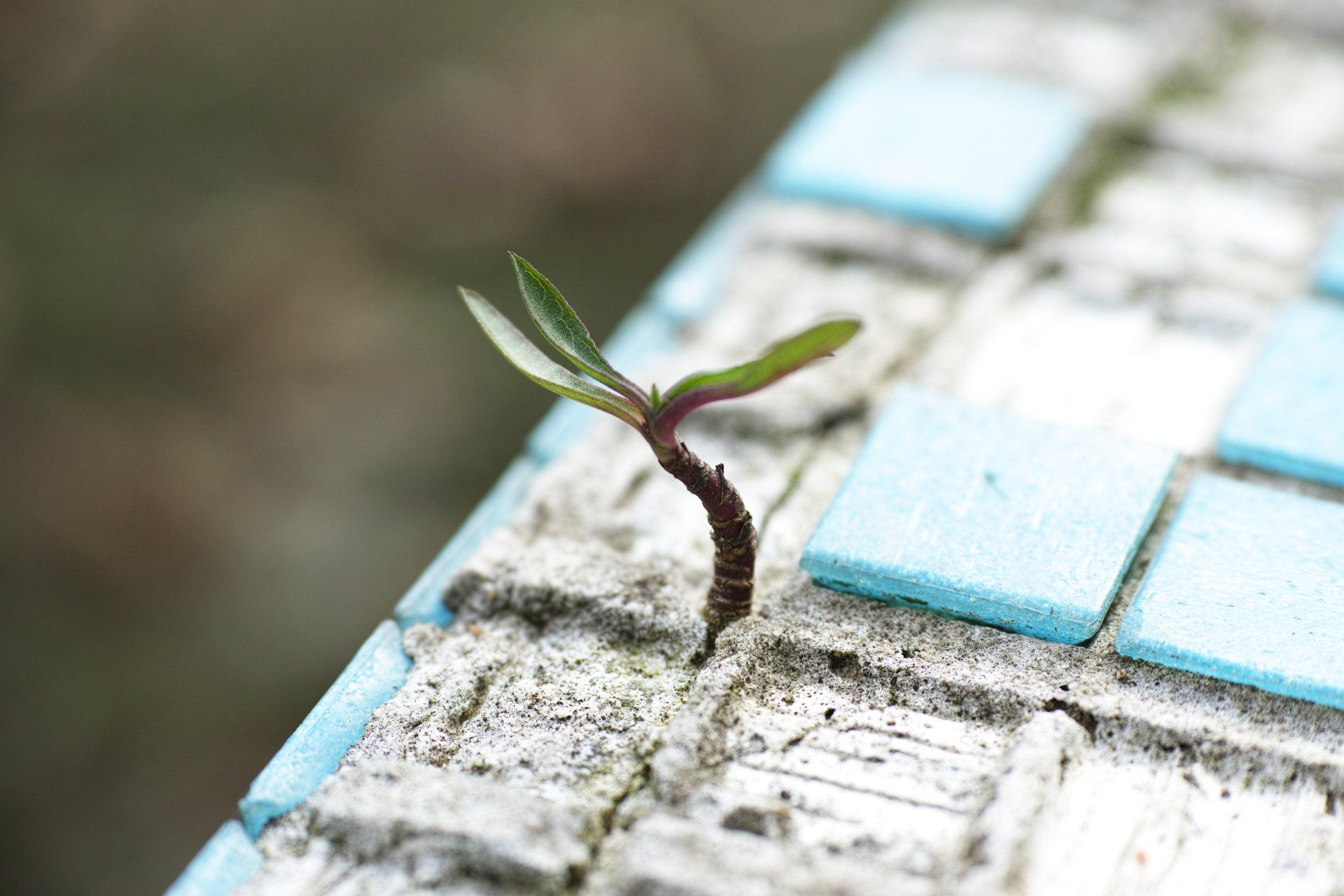
We serve Hamilton and the surrounding communities with our utmost dedication to your satisfaction. Locally owned and operated for more than 20 years, our mission is to be your go-to concrete service provider in known for reliability, craftsmanship, and commitment to excellence.
Please visit our friends at
Epoxy flooring Hobart
Company
Business Hours
Business Hours
- Monday
- -
- Tuesday
- -
- Wednesday
- -
- Thursday
- -
- Friday
- -
- Saturday
- Appointment Only
- Sunday
- Appointment Only
Contact Information
Business Address: 1241 King Street West, Hamilton ON L8S 1M5
Phone Number: 289-204-1632
Email Address: hamiltonsconcrete@gmail.com
@ 2024 All Rights Reserved | Hamilton Concrete Works | Made by Visionary Leads
